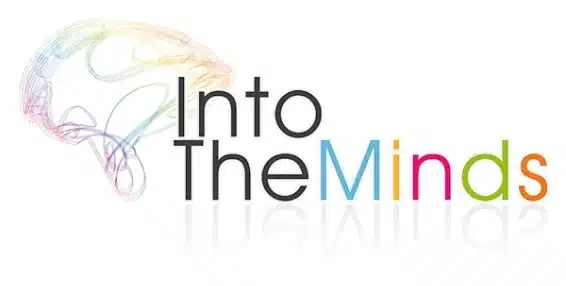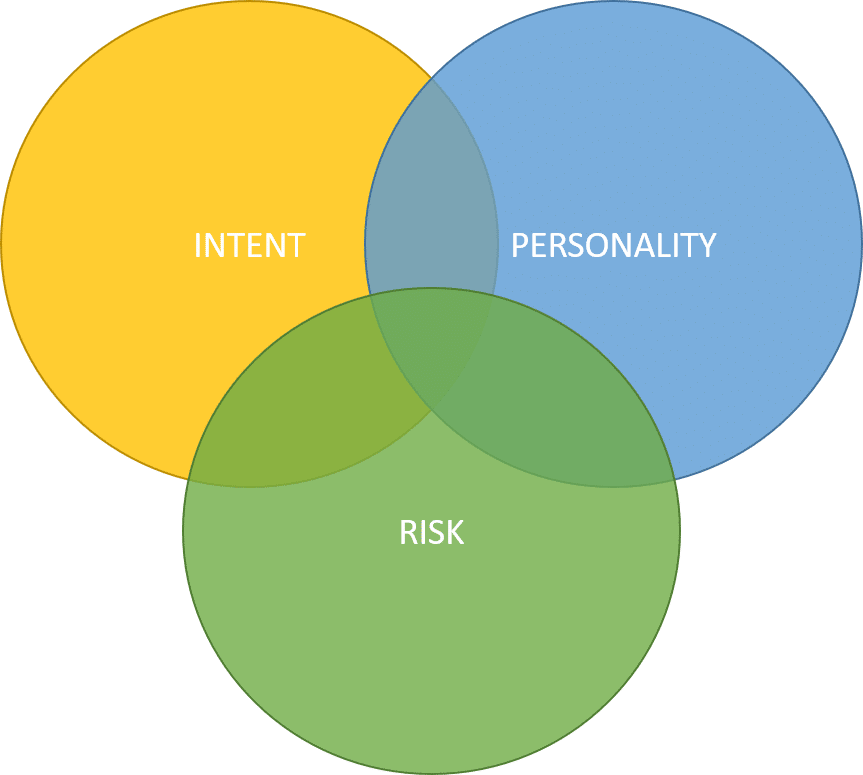
At the RecSys conference, the last part of my keynote was dedicated to nuancing the myth of filter bubbles and to show the limitations of current academic research and propose a new research framework.
Research on filter bubbles has been technology-driven
As I explained in my talk, research on filter bubbles has been mainly technology-driven and deterministic. Escaping the “bubble” has been assessed on the basis of clics from one category of content to the other.
Although this approach was certainly necessary to first get a global perspective on the problem, it suffers from some serious shortcomings that revolve around the lack of user perspective on the problem.
- First of all the size of a user’s filter bubble (provided it exists) is not a constant. It seems to me that it can vary over time. Current research hasn’t studied those longitudinal variations yet.
- Second the filter bubble can’t be reduced to a mere categorical transition. Categories are anchored in the data structure and it seems to me that measuring a phenomenon based on a technological framework (rather than on a user perspective) can me misleading.
- Third (and perhaps most importantly), studying the filter bubble requires that repetition be taken into account. You can’t really claim that someone escapes the filter bubble if you don’t look at whether or not this behavioural pattern holds over time.
The RecSys conference and in particular the FATREC workshop have enabled me to mature my thoughts and to propose a research agenda that alleviate the shortcomings above.
Those 3 dimensions are not captured in studies on filter bubbles
The technology-driven approach followed until now didn’t capture 3 important underlying user perspectives on filter bubbles:
- intent
- personality
- risk
Those 3 factors define the openness of a user towards discovery and the likelihood to consume a recommendation that focuses on exploration rather than on precision.
“Intent” recognizes that the user propensity to consume a more explorative type of recommendations depends on the context. User are sometimes actively looking to expand their scope which increases their responsiveness towards explorative recommendations. This can be the case for instance when the user is bored by previous recommendations (same genre, same artist in music or video recommendations), saturated of information on the same topic (news recommendation), is faced with a new situation that requires a new solution (object recommendation, alternative route recommendation, …)
“Personality” recognizes that openness towards more diverse recommendations depends on our personality and can be influenced as well by our emotions and our mood. As Burger (2010) puts it, personality is described as a “consistent behaviour pattern and interpersonal processes originating within the individual”.
Academic research has clearly established the link between personality and openness and has shown that personality influences how people make decisions. Openness belongs to the five factor model (FFM) developed by Costa and McCrae (1992).
“Risk” recognizes that not all recommendations are equally easy and riskless to follow. The user can be faced with marginal costs of consumption that can reduce his willingness to “try” a more explorative type of recommendation. For subscription-based types of services (on-demand video, music streaming) consuming a recommendation comes at no financial cost for the user. The only marginal cost that can follow a bad recommendation may be linked to the user frustration to have consumed an unsatisfactory recommendation. The situation is much different when it comes to e-commerce where bad recommendations can have a financial cost. E-commerce platforms try to alleviate this risk by displaying ratings and customers reviews on the one hand, and by proposing free returns on the other hand. In all situations, provided that there are no definitive financial consequences, risks can be represented by a “user time lost” variable.
I hope this new research framework will be useful to open your mind on what filter bubble might be and how to study them in a different way in the future.



![Illustration of our post "Turnover: what strategies are companies implementing? [Study]"](https://5cc2b83c.delivery.rocketcdn.me/app/uploads/banner-millenial-employee-120x90.jpg)


![Illustration of our post "Colruyt champion of price changes [Research]"](https://5cc2b83c.delivery.rocketcdn.me/app/uploads/pricing-120x90.jpg)
![Illustration of our post "LinkedIn Top Voice: who are these influencers? [Research]"](https://5cc2b83c.delivery.rocketcdn.me/app/uploads/algorithme-linkedin-2022-120x90.jpg)
![Illustration of our post "Remote work: are employees cheating? [Survey]"](https://5cc2b83c.delivery.rocketcdn.me/app/uploads/telework3-120x120.png)